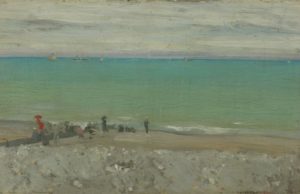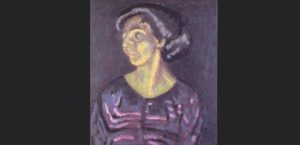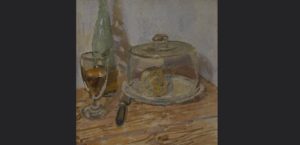Walter Sickert was born on May 31, 1860 in Munich (Germany).
1860 - 1942
Walter Sickert
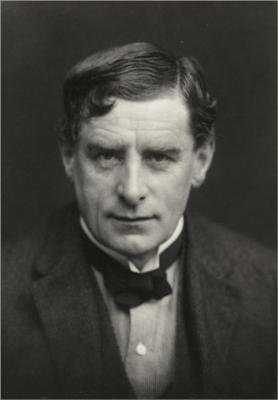
description
Walter Richard Sickert was an English artist and graphic artist, the main representative of a rather long for this country transition period from traditional painting to Impressionism, Art Nouveau and other innovative movements in the visual arts.
Born into a Danish-Irish family. His father Oswald Sickert and his grandfather were professional artists.
Walter created several paintings, which depict a famous serial killer called Jack the Ripper. Some researchers even suspected that the artist and the dangerous criminal are one person. However, these assumptions were not confirmed.
Sickert initiated the creation of such groups of progressive artists as “Fitzroy Street” (1907), “Camden Town” (1911), within its framework “London” (1913). He was a full member of the Royal Academy of Arts, was elected the president of the Royal Society of British Artists.
Key Ideas:
– The main difference between Sickert and French Impressionists is that he rejected the opportunity to paint the whole picture in the open air. He repeatedly stated that the light changes too fast and that there are many days on which light can be too different from time to time.
– Regardless of the substantial “open-air” differences, Sickert fully accepted the interest in everyday life, everyday moments and modern life in general.
– The tendency to photographic, to unusual perspectives, to the creation of a sense of spontaneity and immediacy are the main features of the master’s paintings. Sickert, just like Degas, cut off (sometimes “cruelly”) the characters with the edge of the canvas, deliberately “buried” the main elements of the composition in the secondary details of the painting.
– Sickert’s discovery were “paired” scenes in the interiors. Air in rooms that seems to be dusty and dense was effectively achieved by the artist with the help of a dry brush. Many Impressionists used a similar method; however, Sickert, unlike them, mostly chose not a bright palette, but a muffled dark color.
– The manner of Sickert changed dramatically over the years. Not only the palette became brighter, but also new color combinations appeared, the smear became stiffer – the artist visually imitated the granular surface of a photo paper and generally preferred to paint from photos in the last years of his life.
1860
1877
1879
1881 - 1882
1883
1885
1889
1893
1895 - 1905
1905 - 1913
1914
1920
1924 - 1926
1934
1942
The birth
Sickert began to learn acting

The landmark meeting
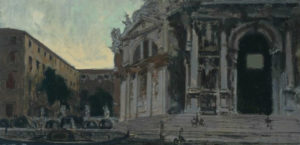
Entered the Slade art school
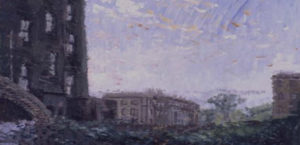
The trip to Paris
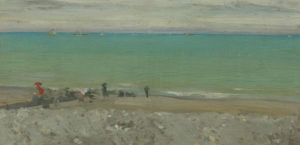
Married Ellen Cobden
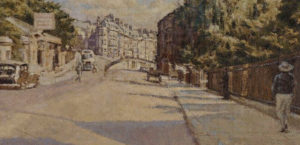
"London Impressionists"
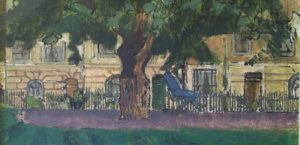
He opened a private school in Chelsea
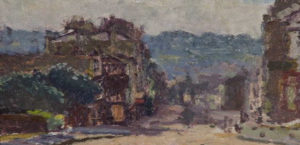
Went to Venice
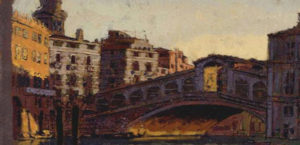
Began to rent a studio in Fitzroy Street in London
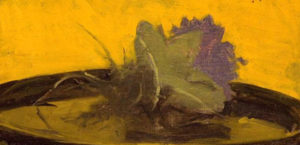
"Boredom"
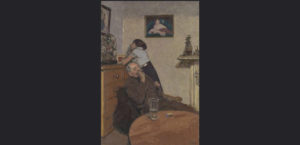
The artist's wife Christina died
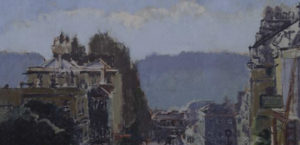
Became a member of the Royal Academy of Arts
Became a member of the Royal Academy of Arts; married Therese Lessore, who became his model for several paintings.
Was elected the president of the Royal Society of British Artists
As a full member of the Royal Academy of Arts was elected the president of the Royal Society of British Artists.
The death


